The Sitting-Rising Test – a way to gauge our fitness?
When it comes to measuring how healthy we are and to determine our life expectancy, tests such as the EKG stress test, or treadmill test, is often the best choice for doctors. What if we could test our fitness in a simple, efficient way from the comfort of our own home?
Unfortunately, it's not that easy to achieve such comprehensive results as you would get through a doctor's examination. That being said, there is a simple test that can be carried out at home, without any medical knowledge or equipment that can help you to gain some basic understanding of your own range of motion and strength. This is an especially interesting option for people between the ages of 51 and 80. It is also a fun little challenge for any yogi looking to test their limitations and to improve their strength and mobility.
This simple test is known as the Sitting-Rising test (SRT). In a study conducted by Dr. Claudio Gil Araújo and his colleagues with a group of 2,000 patients, he was able to prove that this test would be suitable as a diagnostic tool in obtaining basic information about a person's physical condition. In order to maintain the most meaningful results, patients were eliminated from the study who either had clear limitations in movement or otherwise could not perform the SRT, and, anyone who had been an athlete or participated in sports competitions. The test is great because it takes less time to conduct than the stress EKG, and it is cost-effective. For these reasons, this test has been used over the years in numerous practices such as Dr. Claudio Gil Araújo's.
Here's how it works:
Patients between the ages of 51 and 80 were asked to sit down on the ground from an upright position and to get up again. They should have as little support as possible. Each of these two movements (i.e. getting up and sitting down) are valued with a maximum of 5 points when they are completed. The result is an ideal 10. It seems easy to do, but it is actually much easier to lose points than you might think. For example, 1 point is deducted for each use of support (i.e. hand or knee). If the person is generally unstable, 0.5 points are deducted.
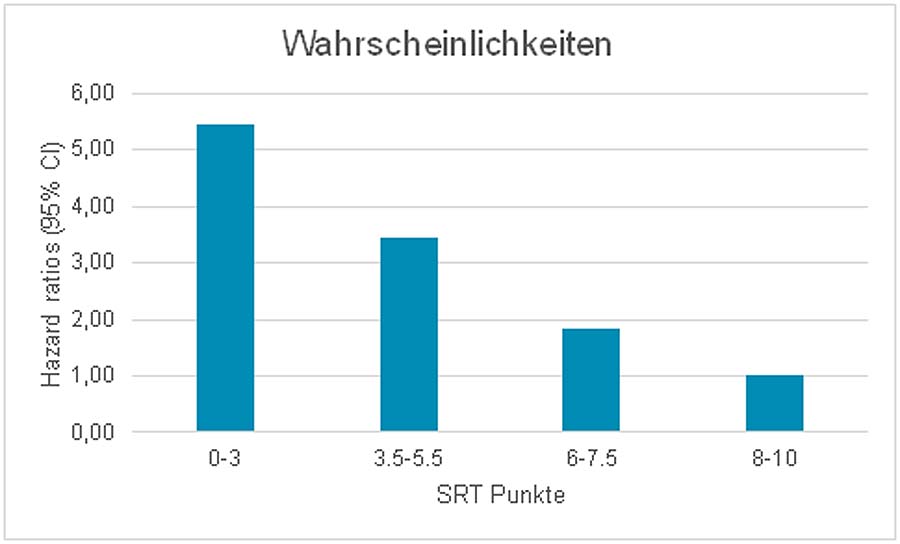
Results- what do they mean?
Over the period of the study, 159 patients died, resulting in a mortality rate of 7.9%. The majority of the patients who had died had had low SRT test scores, between 0 and 3. Only two of the deceased had achieved the maximum score. Here it is more interesting to look at the overall ratios as opposed to individual cases. For example, those patients who received a SRT score of less than 8 points (basically meaning that they needed more than one hand to get up) had a higher chance of mortality over the next six years than those with higher results. Patients whose SRT scores were 3 or less were 5 to 6 times more likely of dying in the same time period.
Concretely, this means that if a person can get up and sit down without help it can be assumed that the person has above-average fitness allowing them to have good command over their posture and mobility of their limbs. From a statistical point of view, those who can perform these movements can presume a higher life expectancy than those who cannot.
Yoga as a means to a longer life expectancy?
When you practice yoga regularly, you are working on your posture, your ability to maintain equilibrium and you build both strength and flexibility. Even from the very beginning of our practice and in the most basic of the fundamental postures, these elements are being practiced. In the case of Padangusthasana and Padahasthasana we lengthen the leg and lower back muscles. When we practice Utthita Parsavakonasana, we are strengthening the thigh muscles, knees and ankles.
Our orientation in space and as we move through space even helps us in everyday life with common tasks such as tying our shoes, bending over or even reaching over and picking up the remote control from under the coffee table. This agility is exactly what the test is intended to measure: the coordination of flexibility and strength in movement. On the other hand, the test cannot offer us any information about cardiovascular capacity. There were some patients in the study who despite their low SRT test scores according to Dr. Claudio Gil Araújo's metrics, were able to bike to work and appeared to be strong and healthy.
So will we live longer if we practice yoga daily and maintain a high SRT score? The test is too rudimentary to really tell, as there are so many different factors that come into play. Even so, the study shows us how important maintaining our strength and flexibility as we enter our senior years really is, in particular, how we can avoid a serious injury through a fall. What better way can you think of as using a moving meditation as a preventative measure? How beautiful is it that such a practice can not only strengthen our bodies but also brings us to inner balance?
Give the Sitting-Rising Test a try!
Has your curiosity been piqued? Go ahead and give it a try and see how you do! The best way to work in in pairs, and make sure that you are in a room with ample space, just in case you lose your balance.
Find motivation through progress.
At the end of the day, the SRT will not offer a comprehensive diagnosis or give you the full picture of your fitness level. It is merely an indicator that tends to influence other elements of fitness. Likewise, a low test result doesn't condemn you to an early death. What we can do is set goals to improve the results of the test, therefore improving our overall health. Through targeted exercises which promote flexibility and strength, the right attitude and regular practice the SRT can help you to determine a goal which is both achievable and can help us to take our health more seriously in the future.
Have you tried the test out and set self improvement goals based on your SRT result? Have you implemented some exercises to improve? Are you starting to feel some changes since practicing? Write us an email and send it to: redaktion@ayi.info. We would love to hear about your experience!
Author

-

elke luedert
at 09.07.2017Ich habe den sitting rising test gerade ausprobiert- auf glattem Parkettboden keine Chance, aber auf Teppich geht es gut – nehme einfach im Sitzen dann einen Schneidersitz ein und rolle beim Aufstehen [...] Ich habe den sitting rising test gerade ausprobiert- auf glattem Parkettboden keine Chance, aber auf Teppich geht es gut – nehme einfach im Sitzen dann einen Schneidersitz ein und rolle beim Aufstehen von Fußaußenkanten nach Fußinnenkanten und stehe auf
Bin 57 Jahre alt, praktiziere Yoga seit langem. Gruß, Elke-
Damit wäre bewiesen: Auf Teppichboden lebt man länger :)
... man darf den Test auch nicht zu ernst nehmen. Es ist nur eine Statistik.
Viel Freude wünscht Dir
Ronald Damit wäre bewiesen: Auf Teppichboden lebt man länger :)
... man darf den Test auch nicht zu ernst nehmen. Es ist nur eine Statistik.
Viel Freude wünscht Dir
Ronald
-
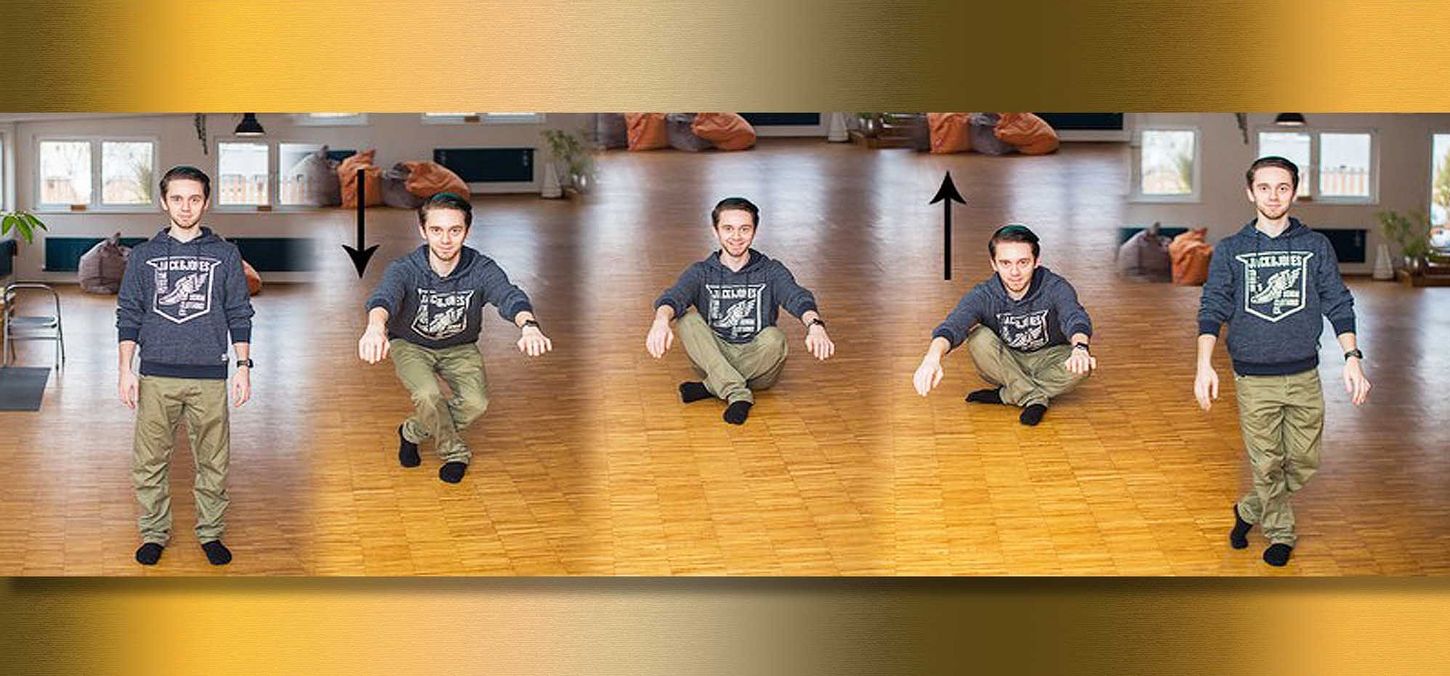

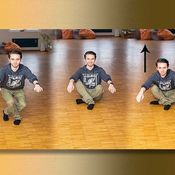

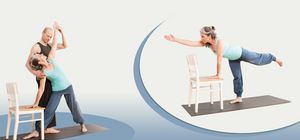
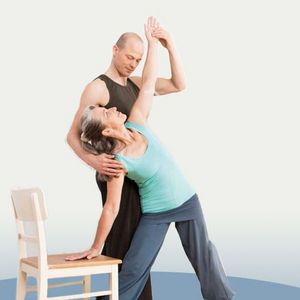
 Dr. Ronald Steiner
Dr. Ronald Steiner

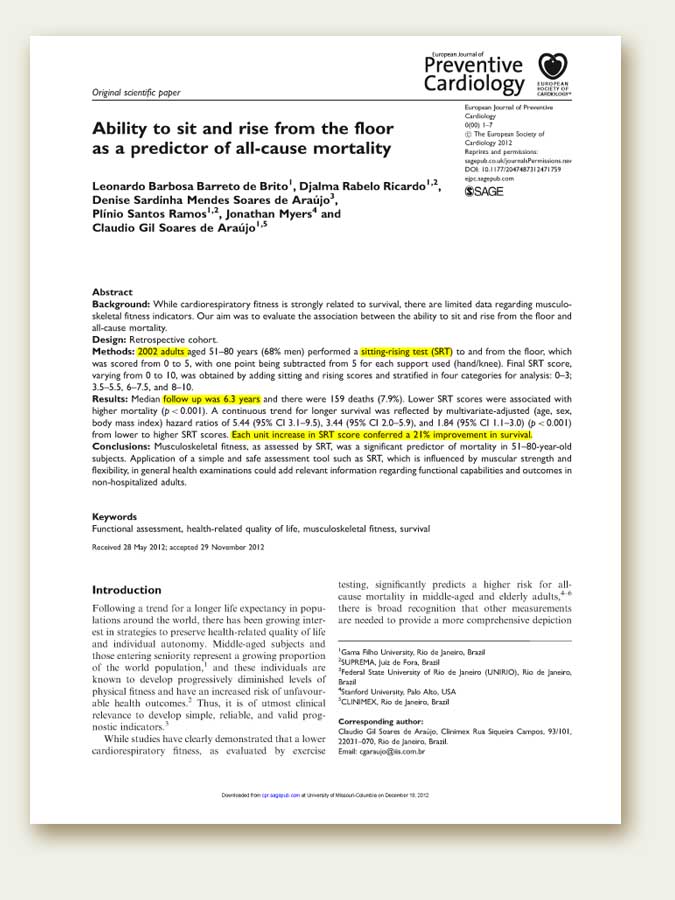

Messages and ratings